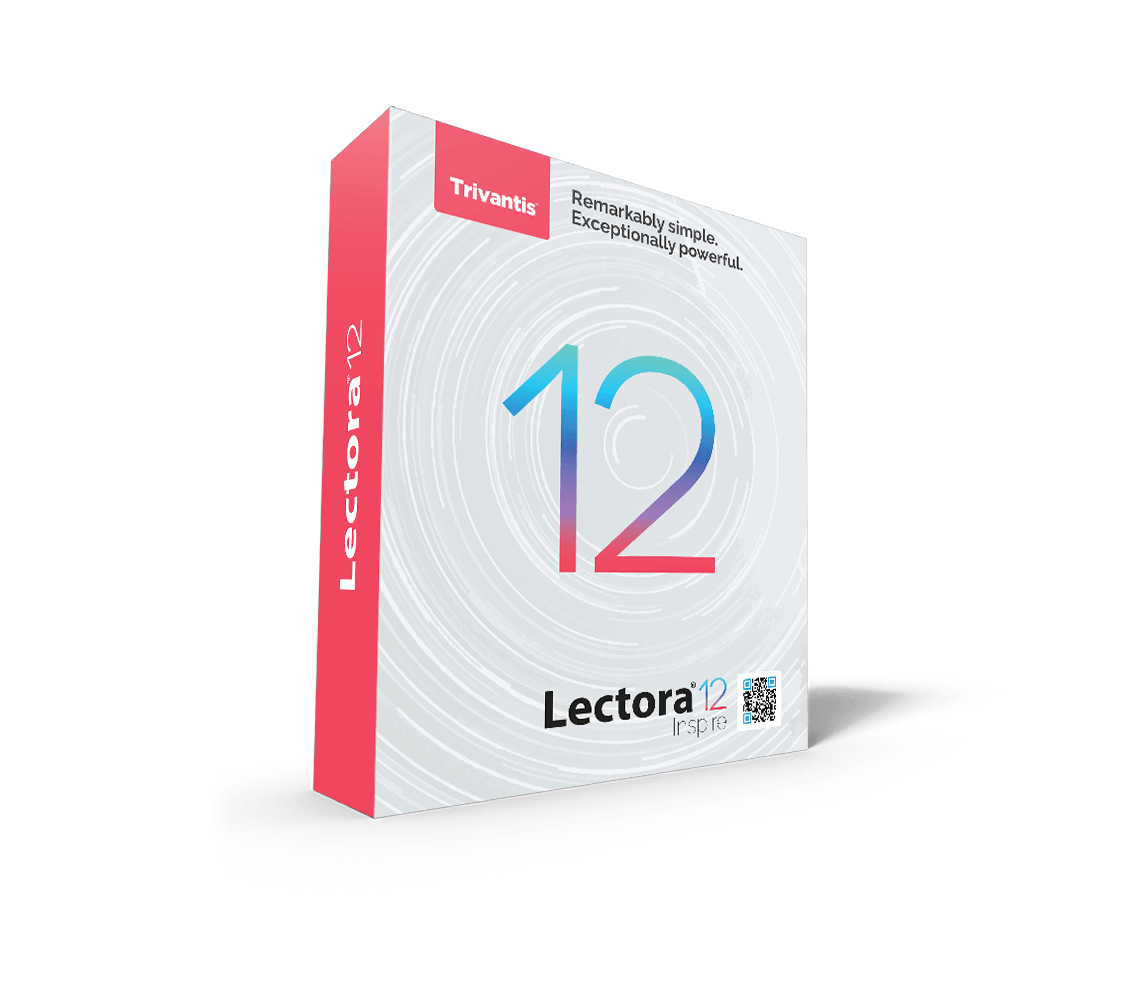How To Create Fantastic eLearning Courses Quickly
The global eLearning industry was estimated to reach a whopping figure of US$157 billion in 2015. Globally, the industry is growing at a compounded annual growth rate of 9%. Distinct advantages of eLearning for service providers as well as learners, and low cost of starting the business has attracted huge competition from all size of firms. The innovative business models of new entrants may impact the existing service providers adversely. Moreover, the dynamic nature of technology and business environment can quickly make an eLearning course outdated. Therefore, to survive and thrive in the eLearning industry, the service providers need to develop a mechanism that enables them to create fantastic courses at a faster pace than ever before. Here is a quick guide to help you create excellent eLearning courses quickly.
1. Create A Mind Map
The end objective of any course is to make sure that the students learn the concepts, skills, and competencies by the end of the program. Visual organization of the entire content is useful in meeting the end objectives of the course. Create a mind map of the course. Following conventional approach is not necessary. Rather, prepare a list of concepts that need to be taught during the entire course. Start with basic concepts and gradually move to advanced levels. Highlight the parts that are interlinked. List the external resources that will be useful in teaching the course. Arrange all the items in a logical fashion and give an estimated time needed to prepare the content.
Creating a mind map helps you in several ways. You will have a better understanding of the time and efforts required to create the course. If you decide to outsource the content, the creator will have a better understanding of your objectives. It also helps you in excluding the content that may be repetitive and unnecessarily make the course bulky.
2. Divide It Into Phases
A mind map will help in distinguishing the phases. Divide the entire course into several phases. There are numerous advantages of building a course in a phased manner; the most significant benefit is that you need not wait for completion of development of the entire course to start the program. You can launch the program even after the end of the first phase. The development of other phases will progress along with the course.
The next set of phases can be improved based on the feedback from students on the first phase. You will have a better understanding of the loopholes in the planning and content strategy. Necessary actions can be taken at the right time to develop a brilliant course.
3. Create A Template
The course template involves the design and content elements. A service provider should follow the similar design patterns across all subjects to create a distinct brand identity. The actual content of each course will vary. However, a content template can be created in several ways. For example, a course can be divided into three parts: Basics, intermediate, and advanced. Similarly, a template for questions at the end of each chapter can also be created. Work on the number and format of questions. Various question formats such as fill in the blanks, multiple choice, and short and long answers will help students grasp the concept better. Also, short answer questions at the end of each section within a chapter can improve the learning curve.
Once you have the standard template, you can replicate the same model with minor modifications to suit other subjects. Therefore, creating courses for a lot of subjects will become easier with the use of templates.
4. Short Modules
An eLearning course may have several chapters or modules. You may get the standard chapters from the internet or standard text books. You can either use the standard sections or create custom chapters for a better way of teaching the course. It is advisable to keep the module as short as possible. It will not only enhance the learning ability of students, but also help in improving the course content later. You don’t need to replace the entire chapter or content to include the latest developments or changes in the technology or course content. Thus, content updating becomes a cakewalk with small modules.
5. Link To Quality Supplementary Resources
Include only the relevant topics in the content. The prerequisites or other useful resources that may help students learn the skills better can be linked through hyperlinks. Since students are already paying you for the course, the other resources should ideally be available for free. Use various formats of external resources such as eBooks, blogs, whitepapers or YouTube videos so that students can learn the topics holistically. If you are recommending a book or a long course, do specify the page numbers so that it is easier for students to refer the content.
6. Screen Recording Tools
Don’t just rely on Microsoft Word, PowerPoint, PDF, etc. to create an eLearning course. Several tools can expedite the content creation process significantly. I frequently use screen recording tools like Screencast-o-Matic and PrintScreen tools such as (Imgur or prnt.sc) to capture and edit screenshots. With the help of these tools, you can explain the concepts or provide step by step instructions easily. Several other tools can be used for your specific requirements. You may also use free or premium tools for whiteboard explainer videos, video editing, or image editing software, etc. to accelerate the process of content development.
Conclusion
Knowledge transfer is the key to creating effective eLearning course quickly. This objective should be kept in mind at every step of the content creation. The innovation in curriculum, and content or delivery methods must be centered on the increased efficiency of knowledge transfer between educators and learners. You should continuously update the content to include latest developments related to the course. Putting an element of fun can increase the possibility of success of the course. Never rush the planning process of the development as it can significantly alter the program. And as they say, “practice makes you perfect”, you too will improve with time and practice. Once you develop a course in a specified time limit, you will have a fair understanding of how to reduce the time of development of the course. Keep educating yourself to gradually improve over time.







